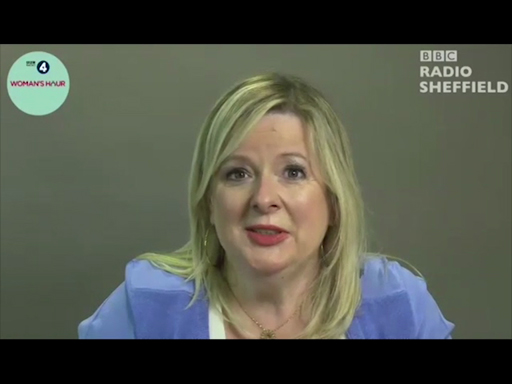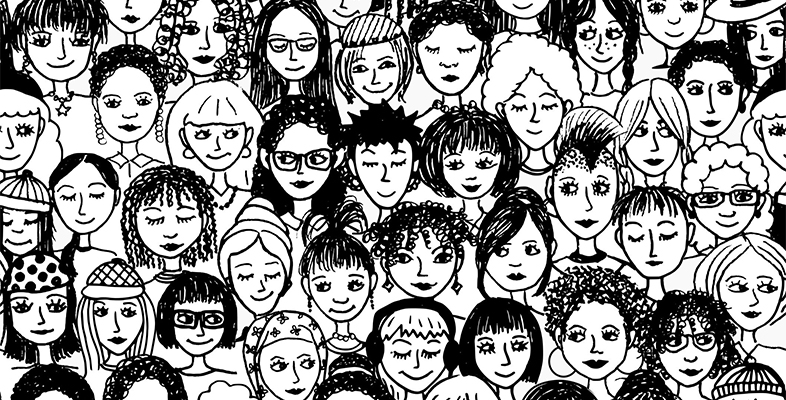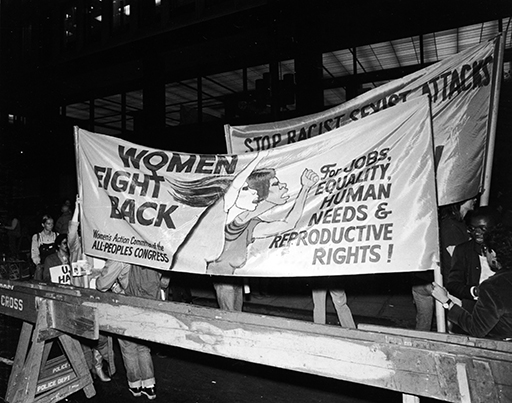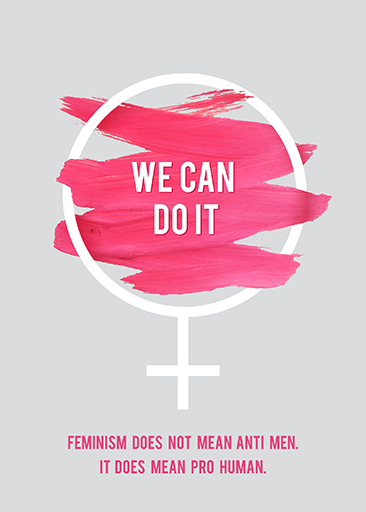3.1 Movements in women’s health
Women need not always keep their mouths shut and their wombs open.
Social movements have a history of challenging the dominance of biomedicine and developing their own focus on health issues. An important impact of the work of social movements relates to how they have liberated what people already instinctively know about health and illness and legitimised this lay knowledge as a counter to biomedical opinions and priorities.
For example, one of the ways in which the women’s health movement has attempted to gain more control for women over their bodies and their health is by sharing experiences and information about health matters among women. The Boston Women’s Health Book Collective, which began in 1969, has been influential in this area. The work of the women in Boston influenced the development of women’s healthcare worldwide. Many of the early aims of the women’s health movement were to challenge doctors’ control over reproductive technology and to claim women’s right to control their own bodies and develop self-help groups and feminist education (Doyal and Elston, 1986).
Although these concerns still exist, many women’s organisations now focus on disadvantaged groups. The Women’s Health and Equality Consortium, for example, has championed the needs of homeless women, migrant women, women with dementia, older women, and girls and young women in health policy. The consortium links these groups with issues such as economic disadvantage, caring roles and gender-based violence (WHEC, 2011), claiming that ‘Women are the main “shock absorbers” of poverty of households’ (p. 1).
Research can also disadvantage women if it does not accurately represent them. Alice Dan, a researcher who has been writing about women’s health since the 1970s, suggested that women’s experiences are ‘distorted in the research’ and that ‘Women’s lives exist in the gaps between the traditional disciplines’ (Dan, 2013, p. 164). Menstruation and menopause are significant examples of issues tightly bound with the social context, and which can fall between disciplines. Journalist Allison Pearson shared her experience of menopause for the BBC’s Woman’s Hour. In the next activity, you will hear her account and you will consider how a social model of health could help to change things for the better. You will also read about period poverty, and how this is being addressed in Scotland.
Activity 5 ‘Women’s issues’
Watch the following video in which the menopause is discussed. Then complete the activity.

Transcript: Video 2
Bearing in mind the concerns identified by the women’s health movement and the ‘gaps between disciplines’ highlighted by Alice Pearson above, identify issues raised in the video and propose solutions to them from the perspective of the social model, adding your notes to the table below. Don’t worry about the practicalities – that is for the policymakers. Simply get your ideas down. This is good practice for developing your skills in academic argument, because to complete the table below you will need to match ‘evidence’ (or, in this case, the issues raised in personal accounts) with a ‘claim’ of some sort (in this case, your proposed solution, e.g. ‘Health professionals need better education on the menopause’).
| Rank | Issue | Proposed social model solutions |
|---|---|---|
Discussion
Below is an example of a completed table.
| Issue | Proposed social model solutions |
|---|---|
| Menopause is the butt of jokes. | Menopause needs more recognition and understanding in society generally, and especially in the workplace. Education in schools and workplaces would help. People need access to better information – in workplaces, on the internet, as well as in health centres. |
| Men’s blood is acceptable in films, whereas women’s blood is thought to be ‘disgusting’. | |
| A woman can experience discriminaton in the workplace because of menopausal symptoms. | |
| Women are commonly misdiagnosed with depression rather than as going through the menopause. | Health professionals need better education about the menopause. |
Part 3
The personal account presented in the video is a good illustration of a women’s health issue. However, if you really wanted to make a case for social change, you would clearly need more, and stronger, evidence, to represent the extent of the issue (how many people are affected, and the depth of the personal impact) and perhaps some economic statistics. The article below provides some of these details in relation to period poverty. Read the article and then answer the questions that follow: Ending period poverty: Scotland’s plan for free menstrual products shatters taboos and leads a global movement [Tip: hold Ctrl and click a link to open it in a new tab. (Hide tip)] .
a.
£890
b.
£4,800
c.
£13,200
d.
£27,300
The correct answer is b.
Discussion
For households on low incomes, this kind of expense will be a heavy burden. For instance, even in a high income country like the United Kingdom, a survey of 1,000 girls and young women (14 to 21 years old) found one in ten were not able to afford period products (Plan International, 2017).
a.
Using only pads.
b.
Using products like socks and toilet paper.
c.
Using a product for too long.
d.
Using only tampons.
The correct answers are b and c.
Discussion
Missing physical education lessons and dropping out of sport due to their period for adolescents could be a consequence, but this is also tied up with period stigma.
a.
They do not portray the pain or the physical discomfort of periods.
b.
They only promote their own products.
c.
They do not provide pricing details.
d.
They conceal realities by using blue liquid instead of blood.
The correct answers are a and d.
Discussion
Advertisers make the natural processes around menstruation appear pathological (e.g. by having blue liquid masquerade as blood). They also avoid mention of the pain and discomfort associated with periods.
Evidence, including statistics, can be powerful means by which to encourage social change. However, women have skillfully adopted other means by which to raise awareness about the challenges they face. For instance, Rayka Zehtabchi directed an Oscar winning short documentary about women in India fighting the stigma surrounding menstruation. Her 2018 documentary was entitled ‘Period. End of Sentence’.
If you are interested in topics related to women’s health, why not follow some women’s organisations on Twitter, for example:
If you don’t have a Twitter account, you could explore their Twitter feeds instead by clicking on the links provided above.
Over time, the women’s health movement became rather fragmented as differences based on race and ethnicity, class, sexuality, gender identity and age emerged. A recent report has highlighted, for example, the health inequalities faced by black and ethnic minority women in the UK, and their particular vulnerability to cuts to public services (Hall et al., 2017). Despite this fragmentation, women’s voices are stronger and more diverse than ever. In essence, women’s movements have helped to assert the need for ‘lay’ knowledge to be taken seriously when considering responses to health-related issues.


